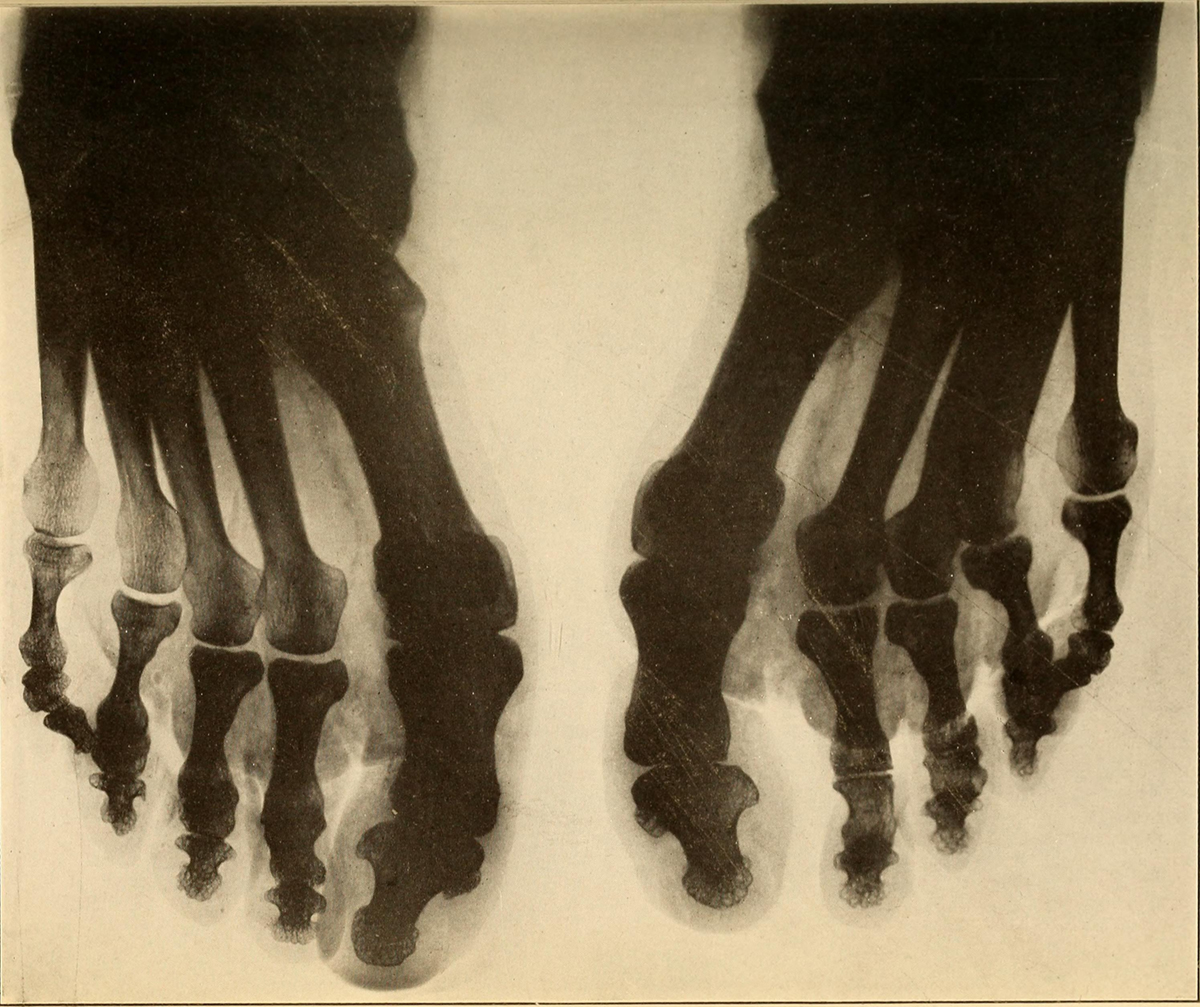
Arteriosclerosis is a health condition that refers to the stiffening of the arteries. The condition is best described as a hardening and loss of elasticity of medium or large arteries. The term “sclerosis” is derived from Greek language and means “hardening”. Healthy arteries are flexible and elastic blood vessels that carry oxygen and nutrients from the heart to the rest of the body. Arteriosclerosis occurs when there is too much pressure in the arteries, over a long period of time, so that the walls become thicker and stiff.
Causes of arteriosclerosis
Arteriosclerosis usually occurs when fatty material, especially cholesterol, deposits along the arterial walls. The fats can form plaques on arterial wall and gradually obstruct the normal blood flow. The disease develops slowly and it may begin even in the childhood. Besides cholesterol, high blood pressure, smoking and diabetes are among the most prominent causes.
The disease often starts as damage to an artery, and results in inflammation. When the cholesterol plaque builds up, the injury hardens, narrowing the arteries. The effect is not only limited supply of oxygen and nutrients to the vital organs, but also the formation of blood clots, which may rupture from the fatty deposits and enter the bloodstream. Blood clots can be especially hazardous as they can damage the organs and cause heart attack or stroke.
Symptoms of arteriosclerosis
Arteriosclerosis develops as a silent disease. Usually patients do not have any visible symptoms until the arteries become severely clogged and narrowed. The first symptoms occur when there is no adequate supply of blood to organs and tissues. Unfortunately, some of the patients learn about their arteriosclerosis only when they experience a heart attack or stroke.
The symptoms of arteriosclerosis vary depending on the affected arteries. For example, if the disease affects the heart arteries, patients will experience chest pain or symptoms similar to the heart attack. If the brain arteries are affected, patients will feel unexpected weakness or numbness in the limbs, difficulty talking or slurred speech. If the arteriosclerosis affects the arteries in the limbs, patients may feel pain in legs while walking or constant pain in the hands and muscles.
Treatment of arteriosclerosis
Early diagnosis of arteriosclerosis may significantly increase ones chance of recovery and prevent worsening and medical emergencies. Symptoms of inadequate blood flow, chest pain, leg pain and numbness are all warning signs. Treatment usually consists of lifestyle moderations, healthy diet and physical exercise. Doctors will usually prescribe cholesterol medications, anti-platelet medications, beta blocker medications, angiotensin-converting enzyme (ACE) inhibitors, calcium channel blockers, diuretics, and other medications.


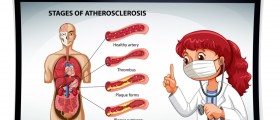










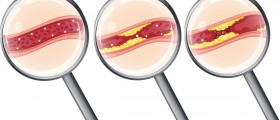
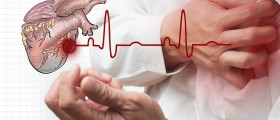

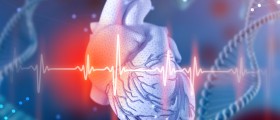
Your thoughts on this
Loading...